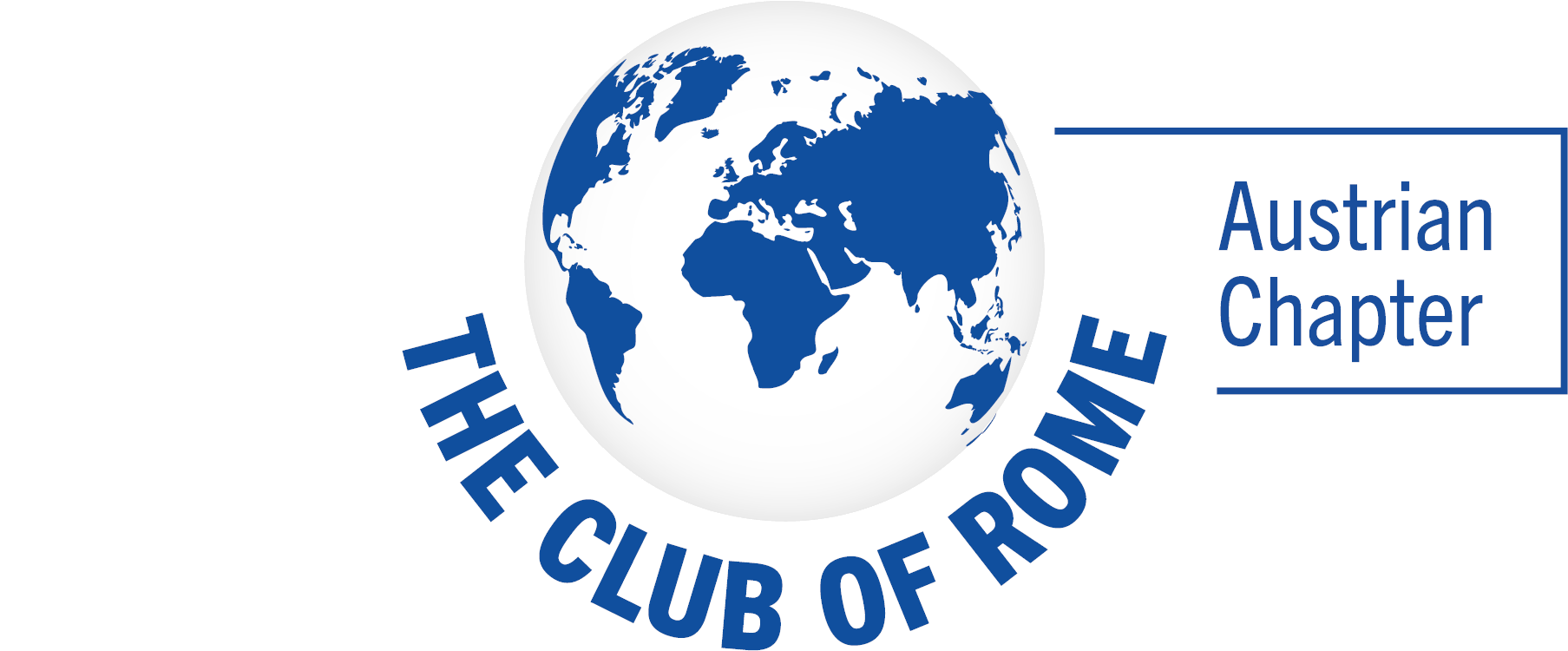On 26.09.2024, Meike Bukowski, Turnaround Lead „Inequality“ of the Austrian Chapter’s Earth4All Austria project spoke at the 50th Anniversary of the “European Centre for Social Welfare Policy and Research“ at the UN Headquarter Vienna at a panel on “Social science and social policies and the triple transformation“. In her statement, she also presented or project on
Wellbeing – a good life for all in a world full of crises.
In times of multiple crises, the transformation towards a sustainable future and well-being for all, as proposed in the Agenda 2030 with the SDGs, is at risk. In our work and research, it has become clear that social and ecological interests and needs are often played off against each other. Mostly due to economic interests. It is therefore important to think more holistically and to include an institutional level.
For a triple transformation we need to add the institutional dimension to the three sustainability dimensions. Since all dimensions (social, economic and nnvironmental) are interwoven and interdependent. This allows us to take into account their entanglement, trade-offs and synergies on a national but also on regional and even on personal levels. This also requires to consider a fourth dimension, the institutional, to link the various levels from the micro to the macro level.
In order to understand and analyze the vast interdependencies, we had/have to learn to work not only interdisciplinary (understanding each other’s approach) but also transdisciplinary, meaning to integrate external stakeholders and the public.
- For this we have developed and tested co-creative and participative ways, meaning to integrate diverse stakeholders, groups, experts, the public into research- and modelling process (reaching out to the people)
- Transdisciplinary team – of socioecological, ecological and economic researchers and artists derived from the UniNEtZ, the Austrian university network for implementation of SDGs.
- Together we conducted really transdisciplinary research in order to make a contribution to the triple transformation on various levels.
It has been proven successful to apply 4 steps in such a process:
First, we provide a common system understanding and problem identification in order to detect synergies and trade-offs that exist between these SDGs and why. What problems and conflict potentials may arise due to potential trade-offs between SDG goals?
Secondly, we accompany citizens and stakeholders to develop their future vision and goalsand share them within and outside of the group. Our questions include: What life do we want in 2050? What targets and indicators should be used for measuring progress within each SDG?
Thirdly, we help the participants to develop transition pathways needed to achieve the future vision. Which qualitative pathways can be co-created with stakeholders? What insights are created by assessing these pathways in qualitative and quantitative models?
The final step identifies leverage points, indicators as well as policy recommendations to achieve the future vision (based on the findings in the stakeholder collaboration and in the modelling assessments).
